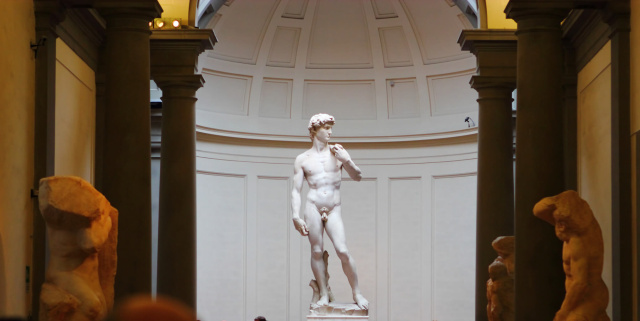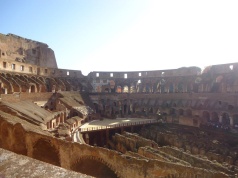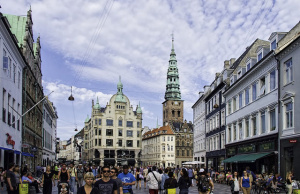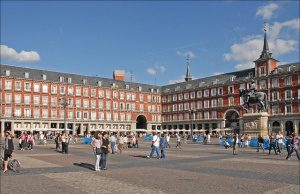Italian painter, architect, writer and historian Giorgio Vasari may have said it best:
“When all was finished, it cannot be denied that this work has carried off the palm from all other statues, modern or ancient, Greek or Latin; no other artwork is equal to it in any respect, with such just proportion, beauty and excellence did Michelangelo finish it”.
He is, of course, referring to one of, if not the, most famous sculptures worldwide: Michelangelo David. Currently in the Accademia Gallery in Florence, Italy, the David is open for the public to see, and I can truly say that it is a breathtaking piece of artwork, the kind that is not given proper justice in photos and replicas.
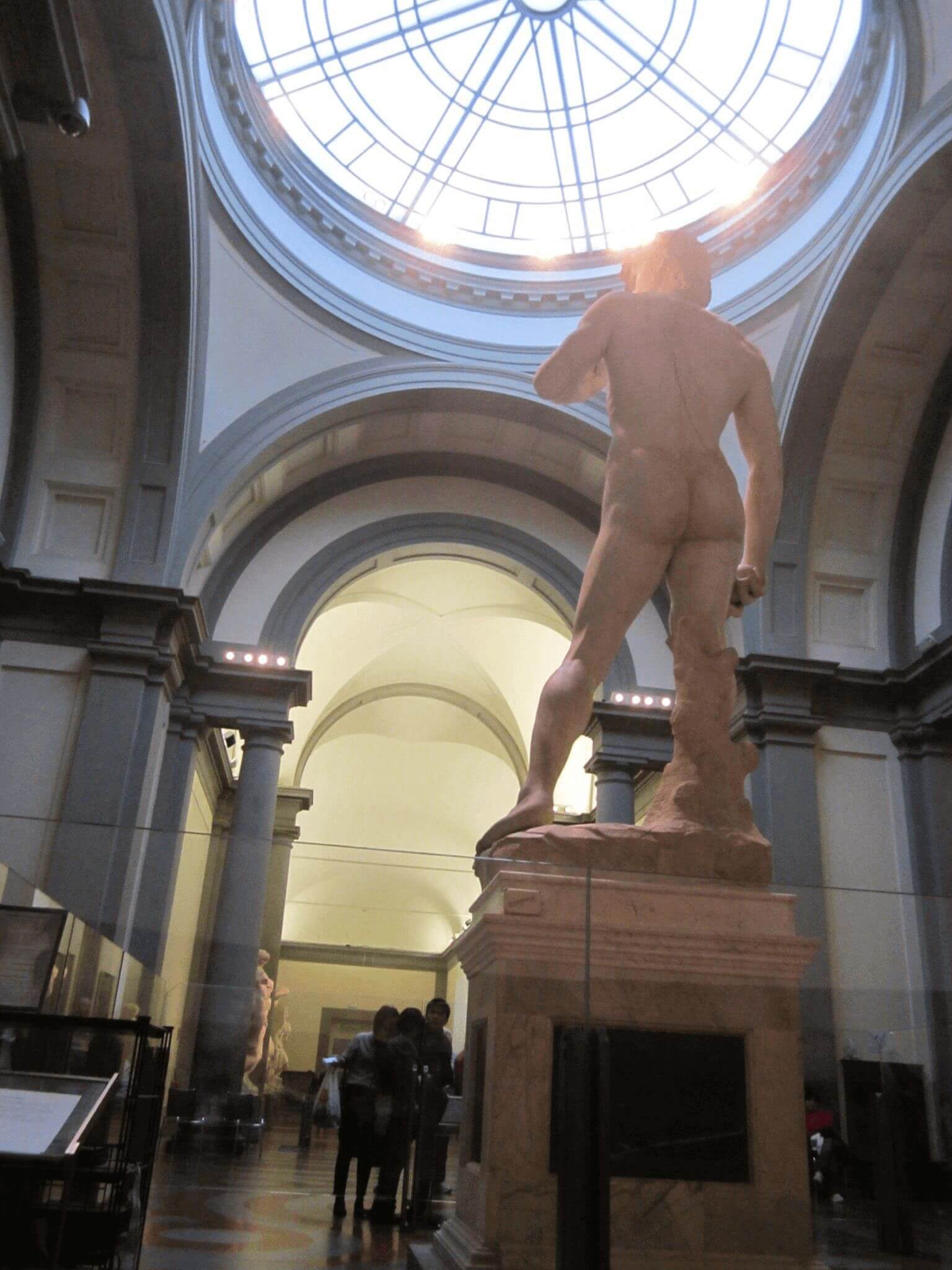
One reason why we could consider the David to be so masterful is its sheer size. Standing 5.16 m (nearly 17 ft.) high and weighing 5,660 kg (or 12,478.12 lbs.) it is massive, especially considering it was made from one complete marble block.
Interestingly, the David was not originally meant to stand in a museum, but rather to be on the top of Florence’s cathedral (the Duomo), where it would have seemed much smaller. Also, Michelangelo was not the first artist chosen for the job. In fact, he wasn’t the second either…
The original idea for the sculpture came from the Overseers of the Office of Works of Florence Cathedral, who wanted to commission 12 Old Testament sculptures for the buttresses of the cathedral beginning as early as 1410. Agostino di Duccio was the first sculptor commission for the David in 1464, though he didn’t get very far and died in 1466. Then, Antonio Rossellino was commissioned but his contract was also terminated quite quickly and the massive block of marble was neglected for 25 years.
On 16 August 1501, 26-year-old Michelangelo was finally given the contract for the David, a project that would take him the next two years. Though he was young, he was one of the most famous and well-paid artists at the time.
When the project was complete in 1504, the committee decided that it was too perfect to put on top of the cathedral, where it would be destroyed by the elements. Instead, they decided to put it in front of the Piazza della Signoria, the political heart of Florence.
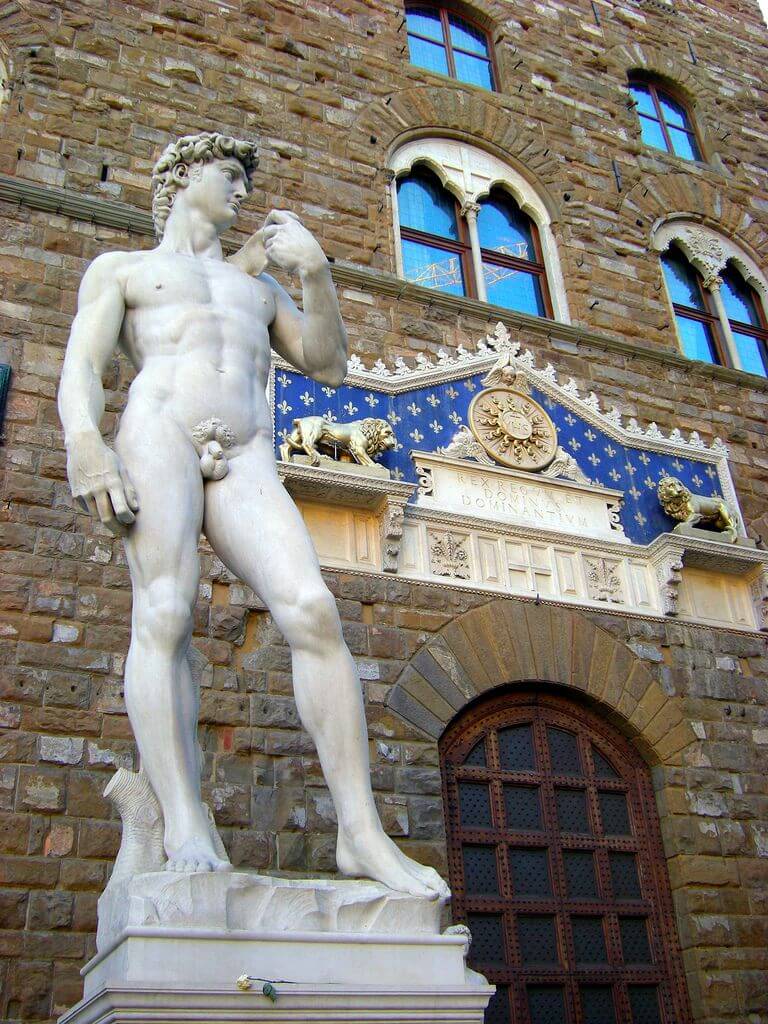
Michelangelo also did something out of the ordinary in his depiction of David. Any idea what it is?
David comes from the Biblical story of David and Goliath, where David, the young shepherd defeats the giant Goliath in battle. Typically, artists who recreated this story would show a triumphant David at the end of battle, with Goliath’s head at his feet.
Michelangelo, however, portrayed David before his fight with Goliath. Stoic and tense, as depicted with the visible veins in his hand, while at the same time relaxed and confident, in the traditional pose known as contrapposto. According to the Accademia Gallery, Michelangelo’s choice shows:
“David’s victory was one of cleverness, not sheer force. He transmits exceptional self-confidence and concentration, both values of the “thinking man”, considered perfection during the Renaissance.”
This could also explain why he was placed in the political center of Florence, to represent symbol the liberty and freedom of the Republican ideals, very relevant to the city at the time.
The statue was moved from its original location in 1873 to protect it from continued weathering to where it stands today at the Accademia Gallery. While there are many other sculptures at the museum, the highlight is, of course, the David. It can be one of the most popular destinations to visit in Florence, so make sure you check out the museum website to plan your visit.
Featured image from Justin Ennis via Flickr.


